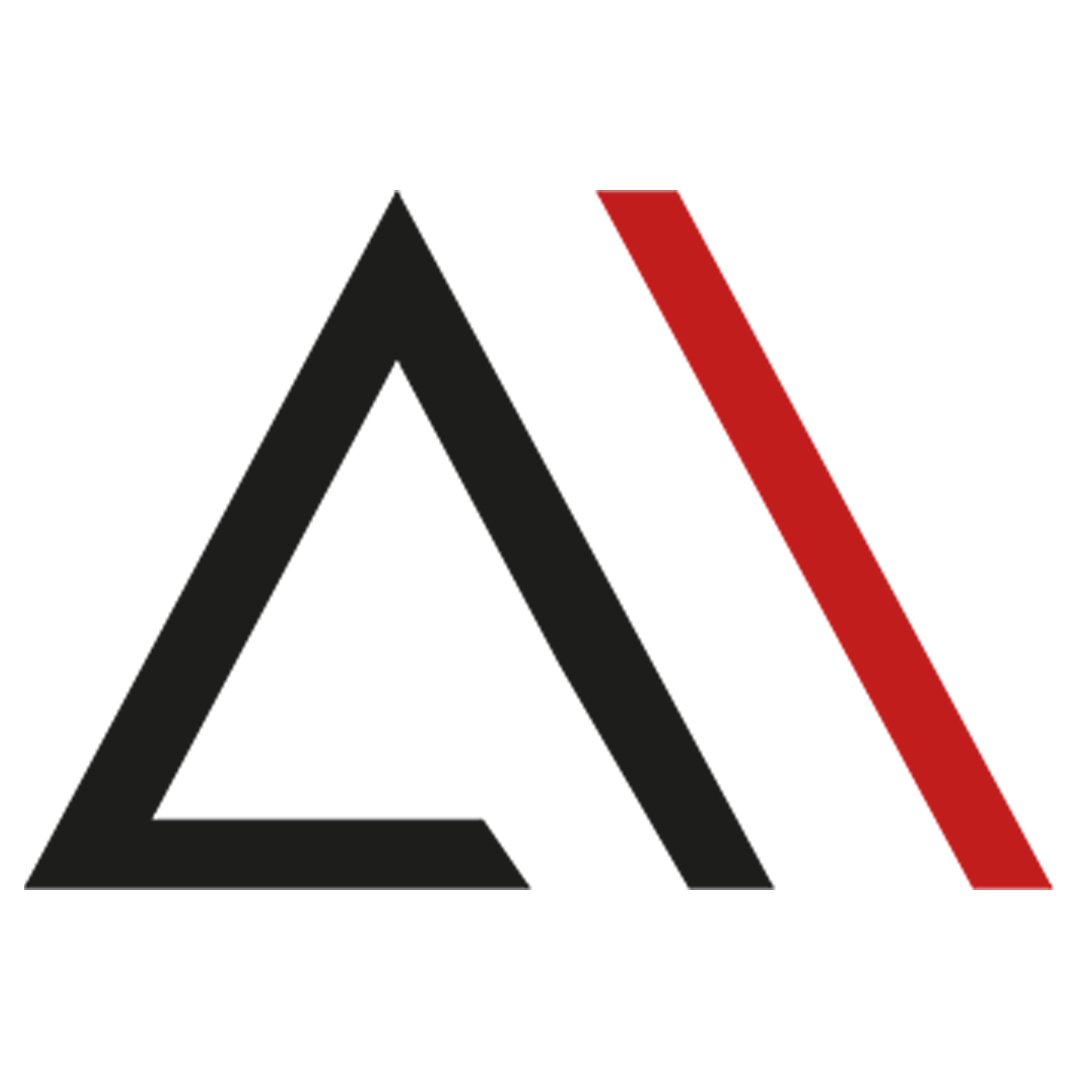
Analytica House
Oct 21, 2022What Are Performance Marketing Metrics? The 15 Most Commonly Used Metrics

Marketing metrics play a crucial role in interpreting the campaigns we launch and the ads we create. It’s essential to derive insights from the data we have and take action accordingly. Accurately analyzing a campaign’s metrics and taking the most effective actions during this process is critical.
Misinterpreting performance success—whether through missing or incorrect analysis—can lead to mistakes in judging whether our campaign is performing well, causing both short- and long-term missteps. In this article, we’ll share tips on how to correctly interpret the most frequently tracked and most important metrics in performance marketing.
What Does “Metric” Mean in Performance Marketing?
Marketing teams use measurable figures called marketing metrics to show the success of campaigns and projects across all channels. Examples include Conversion, CTR, and ROAS.
What Is a Conversion?
When creating a digital marketing campaign, every brand has one or more goals that motivate users to take action. All marketing efforts are ultimately aimed at achieving these goals.
A Conversion is the metric that counts how many times a specified goal is achieved within a website, page, or mobile app. For an e-commerce company, this metric might be the number of sales; for a consulting firm, the number of leads (form submissions). A high conversion rate indicates your ad campaign is successful and your landing page content is compelling.
If your conversion count is low, you might improve it by changing site content, creating new funnels to simplify the conversion process, or updating offers to provide a more effective experience for users.
What Is Conversion Rate?
Conversion Rate measures how often conversions occur as a result of your ads. It shows the percentage of ad interactions that turn into your defined conversion goal. By looking at conversion rate, you can optimize landing pages, calls to action, content, and design, and gauge how compelling your ads are to your target audience.
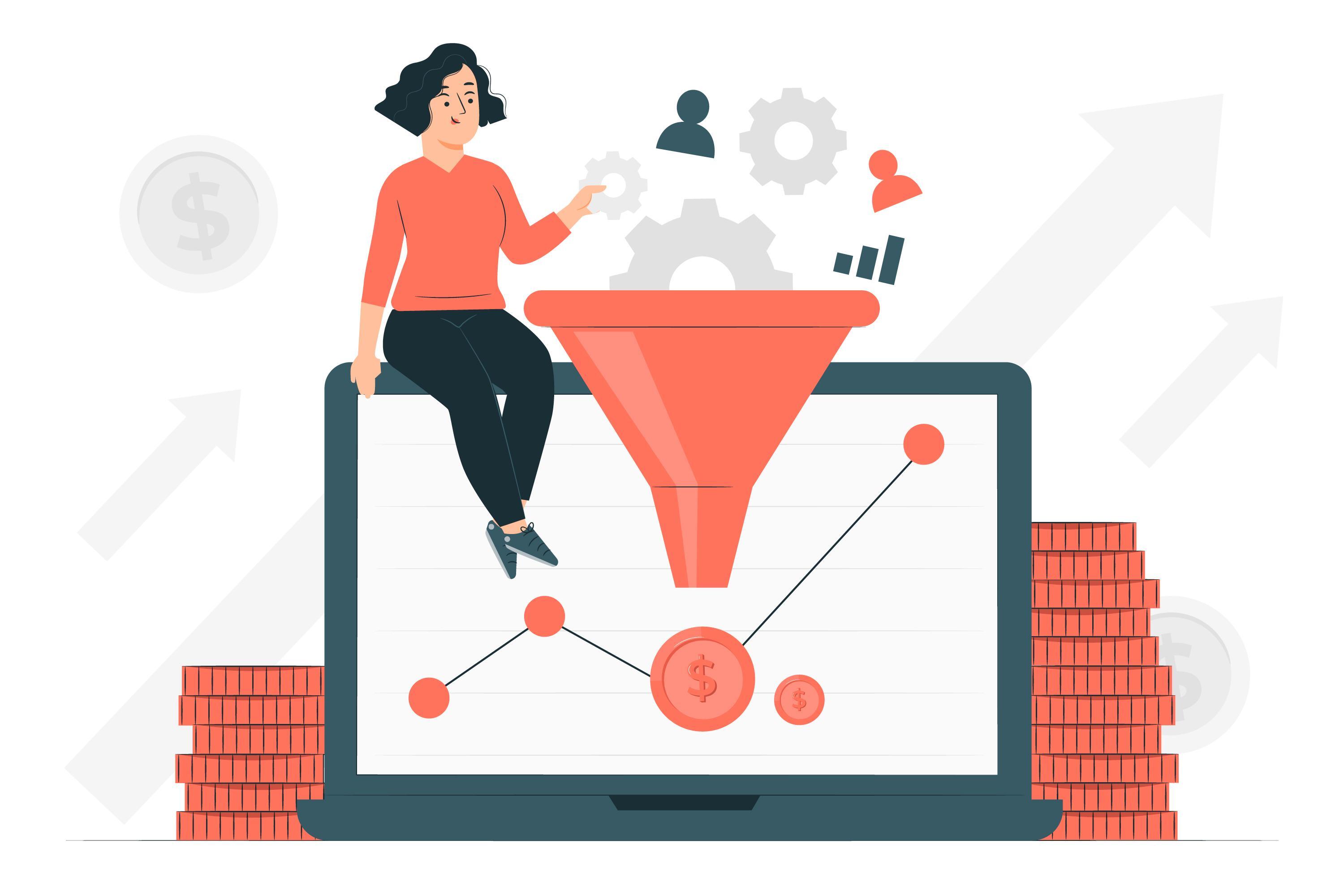
Conversion Rate is calculated by dividing the number of conversions by the total number of sessions. For example, if an ad generates 300 sessions and 10 conversions, the conversion rate is 3%.
What Is Conversion Value?
Conversion Value assigns a numerical value to specific conversions in your campaigns, helping you measure how valuable those conversions are to your business. By assigning different values to different conversions, you can make your campaign’s value measurement more meaningful.
You can compute Conversion Value using the formula: Sessions × CR × Average Order Value.
For example, if a shoe retailer has 10,000 sessions, a 1% conversion rate, and an average order value of 1,000 TL, the Conversion Value is 100,000 TL.
What Is CPC?
CPC (Cost Per Click) simply shows how much you pay for each click. Because you pay per click, irrelevant users clicking on your ads increase your unnecessary costs and raise your total spend.
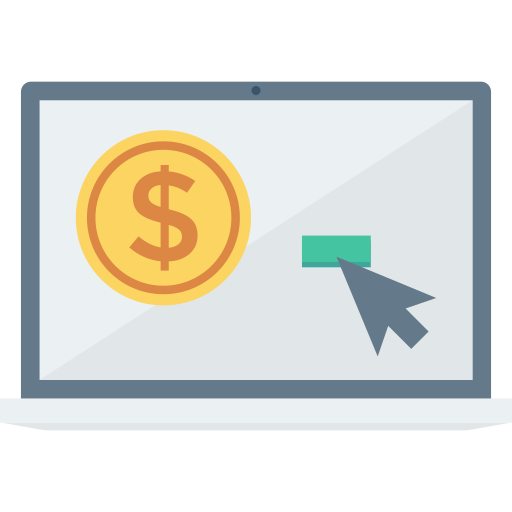
CPC is one of the key metrics for evaluating campaign performance. To lower CPC, you can optimize ad relevance, switch bidding strategies, and target the right keywords through analysis.
What Is a Session?
In digital analytics, a session measures a user’s interactions on a website within a given time frame. A session begins when the site loads and ends when the user closes the site or is inactive for 30 minutes. It encompasses pageviews, events, and other actions the user takes.
To increase session duration, enhance site experience—improve design, readability, navigation, and content to keep users engaged and complete your desired conversions.
What Is CPS (Cost Per Session)?
CPS measures the cost of each session driven by your ads. Since sessions reflect active user engagement on your platform, Cost Per Session shows how much each session costs based on your ad spend.
What Is ROAS?
ROAS (Return on Ad Spend) measures your ad performance in terms of cost versus revenue. It represents the profit you earn for every unit of currency spent on ads. Since brands aim to get a strong return on investment, tracking ROAS provides powerful insights into campaign success.
For instance, even if an ad brings in many high-quality users and revenue, it’s not a cost-effective spend if the cost exceeds the revenue. ROAS tracking helps you avoid such scenarios.
What Is CTR (Click-Through Rate)?
CTR measures the percentage of ad impressions that result in clicks. It indicates how relevant and compelling your ads are to your target audience. A high CTR is critical in PPC, as it affects Quality Score and indirectly the cost per click. Google Ads and other platforms reward high-quality ads with lower costs.
If a competitor pays the same CPC but has a lower Quality Score, you may pay less to achieve a higher ad position. You can boost CTR by including search terms in headlines and descriptions, adding URL paths, and targeting the right keywords.
In display campaigns, where creative visuals matter most, CTR offers insight into the effectiveness of your creatives.
What Is a Lead?
In marketing, a lead typically refers to a form submission generated by your campaigns. Each lead represents a potential customer. However, a high lead count doesn’t always mean campaign success—lead quality matters most. That’s why defining your buyer persona and targeting accordingly is crucial.
To convert leads into sales, provide personalized content, maintain close collaboration with your sales team, and guide users along the funnel.
What Is CPL (Cost Per Lead)?
CPL measures how much each lead costs you. It shows whether you’re allocating your budget effectively. By comparing CPL across channels, you can reallocate budget from high-CPL channels to those generating leads more efficiently.
CPL = Total Ad Spend / Number of Leads.
What Is Search Impression Share?
Search Impression Share is the ratio of impressions you received to the total impressions you were eligible to receive. Eligibility depends on factors like audience targeting, approved ads, bids, and Quality Score. For example, a 50% impression share means you appeared in half of the available auctions.
.jpg)
If your impression share is low, you’re missing potential customers. Increasing impression share relies on high Quality Scores, sufficient bids, and adequate budgets.
What Is Top Impression Share?
Top Impression Share measures how often your ad appears above organic search results. If you notice your click-through rates dropping, it may indicate you’ve lost a top position.
What Is Absolute Top Impression Share?
Absolute Top Impression Share is the percentage of your total impressions that appear in the very top ad position. It’s calculated as impressions in the top position divided by the estimated eligible impressions for that position.
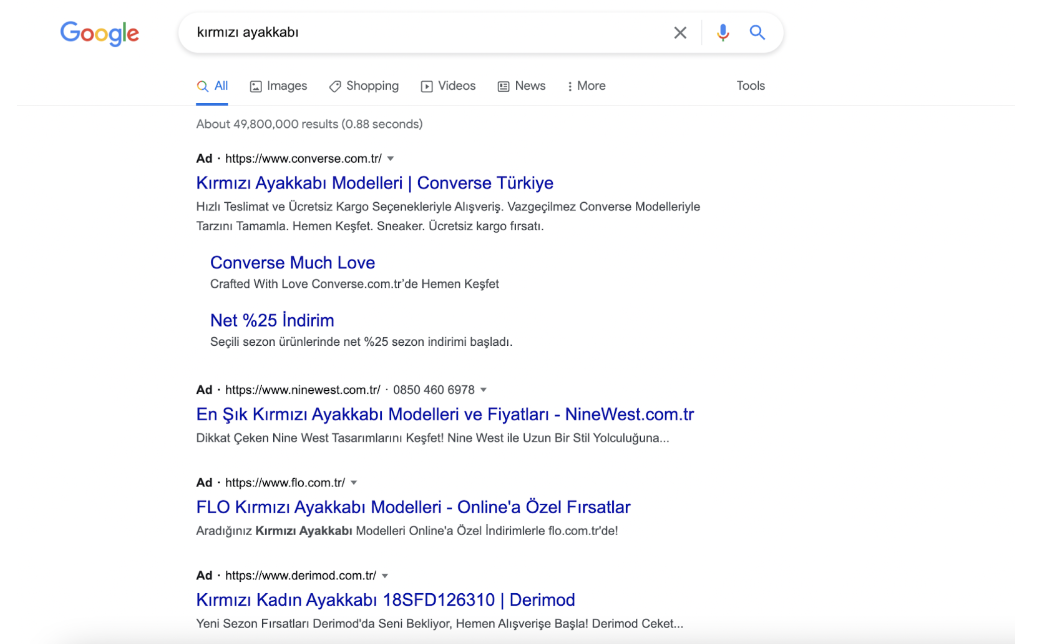
What Is Bounce Rate?
Bounce Rate is the percentage of users who leave your site after viewing only one page without taking any action. Tracking bounce rate helps you assess site experience. A high bounce rate can signal issues such as irrelevant content, slow loading times, or poor mobile optimization.
To lower bounce rate, define your audience accurately, optimize page load speed, and use clear, compelling CTAs.
Bounce Rate = (Single-Page Sessions / Total Sessions) × 100.
What Is Frequency?
Frequency measures how often a user sees your ad. Multiple impressions can help undecided users purchase, but if they see the ad repeatedly without converting, you may need to broaden your audience or adjust spend.

Very high frequency can annoy users and harm your brand. Expand your targeting or reduce budget if frequency is too high. Ideal frequency varies: it’s lower for new-user campaigns and higher for remarketing. Determine your target frequency by reviewing past campaigns to find where CPA was minimized.
More resources
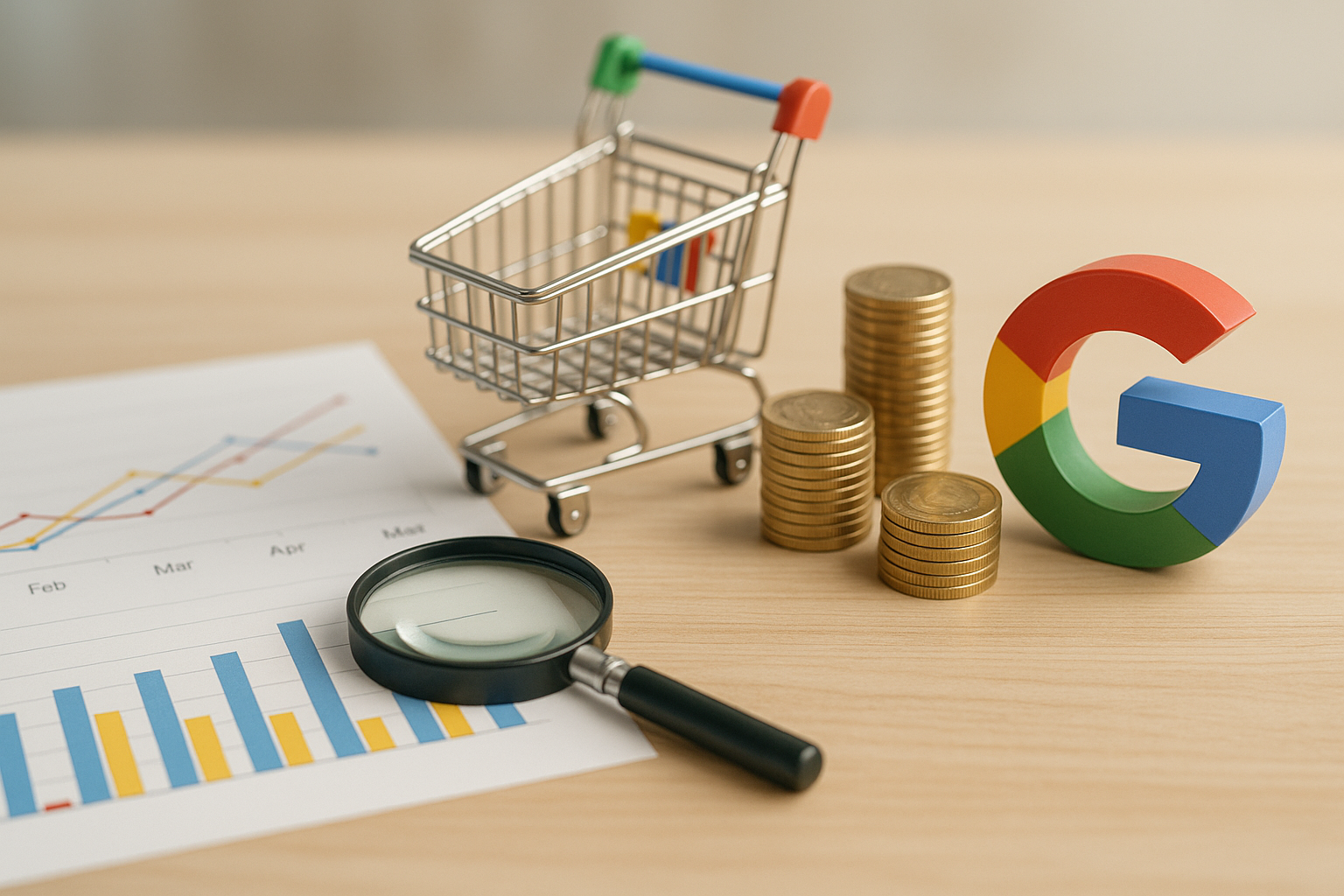
5 Ways to Accurately Measure Sales Impact with Google MMM
Google MMM (Marketing Mix Modeling) is one of the most powerful statistical methods for understandin...

ChatGPT Shopping Research: An AI-Powered Shopping Assistant
ChatGPT Shopping Research is an AI-powered shopping assistant that accelerates users' shopping resea...
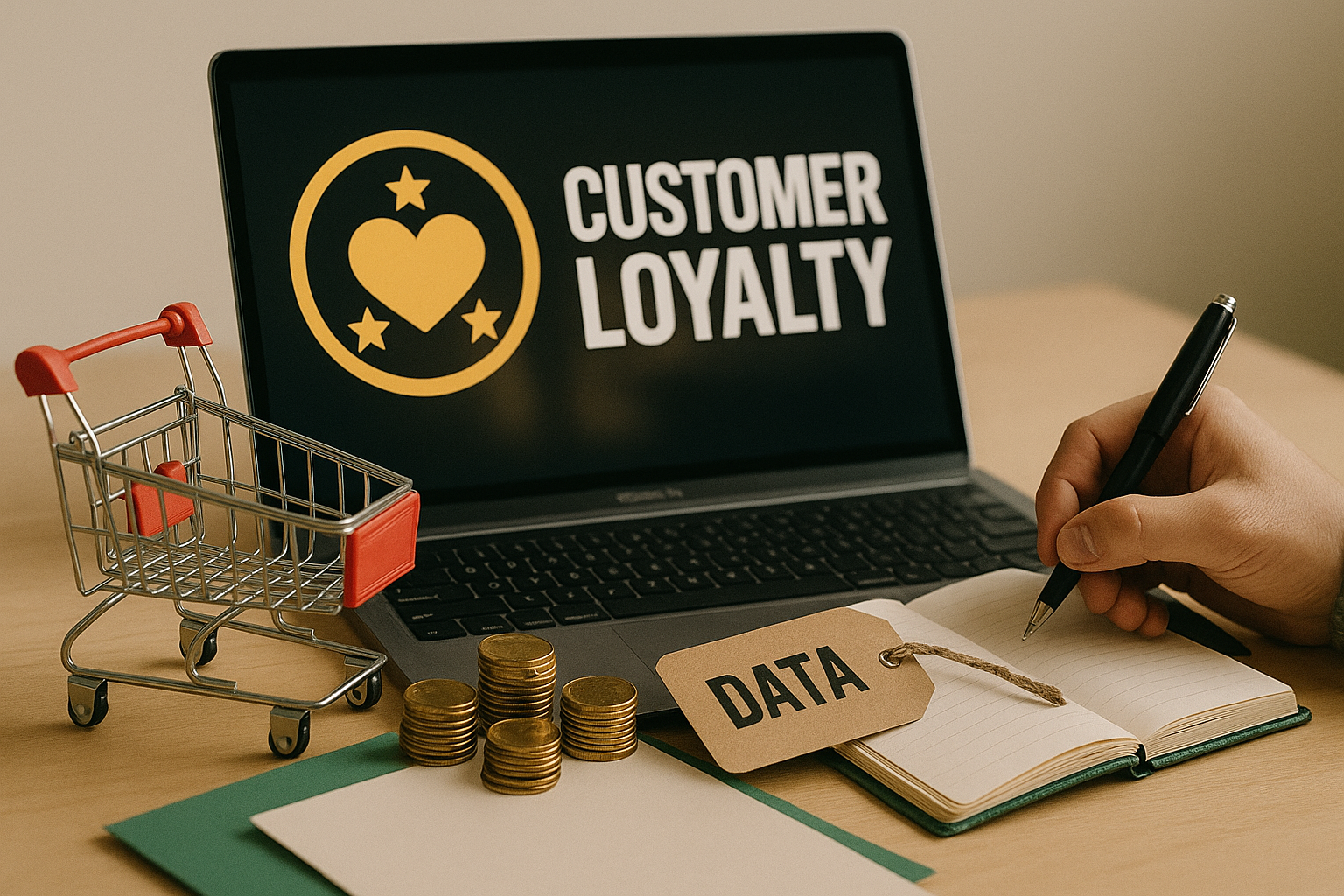
Data-Driven Tactics to Build Customer Loyalty After Black Friday
Customer loyalty is the most valuable outcome of the Black Friday period, as short-term traffic and...

